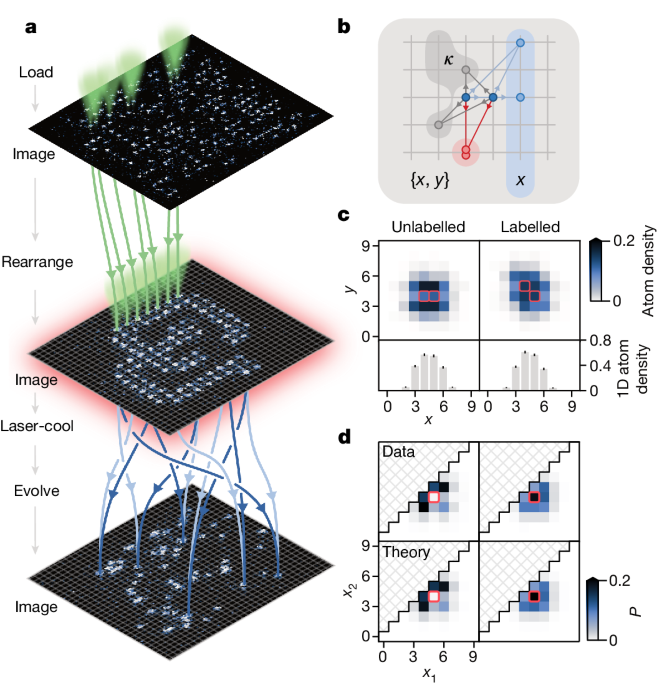Implementing Boson Sampling with Ultracold Atoms in a Programmable Optical Lattice
The content describes the implementation of boson sampling, a restricted model of quantum computing, using ultracold atoms in a two-dimensional, tunnel-coupled optical lattice. Boson sampling is defined by the ability to sample from the distribution resulting from the interference of identical bosons propagating according to programmable, non-interacting dynamics.
Photonic boson sampling experiments have faced challenges in generating and reliably evolving specific numbers of photons with low loss, leading to the use of probabilistic techniques for postselection or marked changes to standard boson sampling. The authors address these challenges by implementing boson sampling using ultracold atoms, enabled by a combination of tools involving high-fidelity optical cooling and imaging of atoms in a lattice, as well as programmable control of those atoms using optical tweezers.
This demonstration of boson sampling with ultracold atoms paves the way for extending the work to interacting systems, which would allow the direct assembly of ground and excited states in simulations of various Hubbard models.
Customize Summary
Rewrite with AI
Generate Citations
Translate Source
To Another Language
Generate MindMap
from source content
Visit Source
www.nature.com
An atomic boson sampler - Nature
Key Insights Distilled From
by Aaron W. You... at www.nature.com 05-08-2024
https://www.nature.com/articles/s41586-024-07304-4
Deeper Inquiries
